Go First may be staring at the deregistration of at least six aircraft owned by BOC Aviation and Celestial Aviation over unpaid dues. If the aircraft are deregistered, it will be left with only 30 aircraft in operation ahead of the peak summer season, according to a report by Hindu BusinessLine.
Six aircraft with the registration numbers VT-WJO, VT-WJN, VT-WJW, VT-WJX, VT-WJY, and VT-WJZ are among those that are likely to be deregistered, according to the sources.
"It appears that the discussions with the lessors are not progressing as expected. The airline has been unable to repay the debts despite numerous extensions. Go First requested an additional delay, but the lessors are not likely to change their minds."
Another report by MoneyControl said that Go First has not paid lease rentals for 10 planes for the past two months, forcing its lessors to write to the Directorate General of Civil Aviation on the matter.
Lessors may deregister aircraft of Go First due to non-paid rentals
“Go First has not paid lease rentals for the past two months and despite multiple extensions, there are no signs that the airline will be paying,” said an official aware of the talks between the airline and its lessors.
AerCap Holdings, Celestial Aviation, and BOC Aviation have written to the DGCA over the lease rental dues from Go First for 10 Airbus A320 neo aircraft.
While the lessors have not asked the DGCA to deregister the aircraft, that is likely to be the next step. The lessors will file for deregistration in a month if payment of Rs 700 crore is not made by the airline, the person said.
A deregistration request is usually filed if a lessor and airline fail to reach a payment agreement. It would result in removal from the country’s official register of aircraft and means it cannot be used for flight operations.
This comes amid GoFirst's scuffle with Pratt and Whitney, and a potential lawsuit at least three lessors have asked the airline to remit the lease rentals that have been deferred due to the Covid-19 pandemic. Industry experts believe that this could be a huge hit for the airline ahead of the peak season.
A source said that it owes close to $60-70 million towards one of the lessors whereas it owes another $20-30 million cumulatively towards other lessors.
According to the airline, it has 61 aircraft in its fleet. Data on planespotter.net showed that almost 50% of its fleet of 29 aircraft is grounded. Most of these aircraft are grounded due to alleged delays in engine deliveries from Pratt and Whitney.
The delayed lease rental payments have added to Go First’s woes as it seeks compensation from Pratt & Whitney for faulty engines, which have grounded half of its fleet. With fewer operating aircraft, the airline’s market share has shrunk, leading to loss of revenue and delayed payments to vendors.
Go First had 30 aircraft grounded as of March 31, including nine on which the lease payments are due, industry officials said. Go First has a total of 61 aircraft in its fleet – 56 A320neos and five A320ceos, according to the airline’s website.
The loss of passenger revenue comes when airfares are high and traffic is soaring after the pandemic. The airline plans to operate 1,538 flights a week in the ongoing summer schedule, 40 lower than last year. The season started on March 26 and goes on till October 28.
Since July 2022, when it first had to ground its aircraft, Go First's market share has shrunk. Market share narrowed to 8 percent carrying 963,000 passengers in February from a peak of 11.1 percent when it carried 1.27 million passengers in May 2022.
The fall in passengers carried has impacted Go First's financials. The airline reported a net loss of $218 million in FY22, according to regulatory filings. This was twice as much as the previous year’s loss of $105 million.
The carrier withheld payments of Rs 5 crore in February to employees, hotel vendors, and transport vendors.
“The airline regularly pays its fuel vendor, but all the rest are paid intermittently and this month at least, hotels and transport vendors have not been paid," an official working with Go First said.
Go First received Rs 210 crore under the government’s Emergency Credit Line Guarantee Scheme (ECLGS) in February, while its promoters put in Rs 210 crore of funding. The airline has already availed of Rs 600 crore under ECLGS.
The Wadia group-backed airline said in March it may be forced to ground 8-12 more aircraft in the next six to 12 months if Pratt & Whitney does not fulfil its contractual obligations and provide the airline with spare engines.
Another official said Go First does not have money to pay its lessors and it has not received compensation from Pratt & Whitney for faulty engines.
“Go First has no choice but to take Pratt & Whitney to court and win the case if they plan to continue operations,” the official said. He added that the airline’s payments to lessors and vendors far exceed the revenue generated by operating its limited fleet.
(With Inputs from MoneyControl and Hindu BusinessLine)
Read next
Hindustan Aeronautics Limited said on Friday it has registered highest-ever revenue from operations of around Rs 26,500 crore (provisional and unaudited) for 2022-23 as against Rs 24,620 in the previous financial year, an eight per cent growth. HAL CMD, C B Ananthakrishnan said, "Despite the challenges of supply chain disruptions due to geo-political situations, the Company could achieve the targeted growth in the top line. This was possible with the increased thrust on indigenisation and with the available inventory." He said the order book of the Bengaluru-headquartered company stood at around Rs 82,000 crore at the end of March 2023 after liquidation of the supplies during 2022-23. The cash flow of the company has improved substantially with payments of around Rs. 25,000 crore received from the various Defence customers during 2022-23, the statement said.
Read next
Vistara became India’s first carrier to operate a wide-body aircraft using sustainable aviation fuel (SAF) on a long-haul route. Vistara is a joint venture between Tata group and Singapore Airlines.The flight was between Charleston International Airport, South Carolina to Indira Gandhi International Airport, Delhi, and was operated in partnership with The Boeing Company and GE Aerospace, on Vistara’s newest GEnx-powered Boeing 787-9 Dreamliner aircraft, the fourth in its fleet, it said on Thursday in a release.“This is an important milestone in our commitment towards achieving carbon neutrality. We thank our partners, Boeing and GE Aerospace, for their support and hope that initiatives such as this, open up more avenues for the industry to increasingly adopt sustainable technologies. Since the very beginning, Vistara had decided to invest in modern and advanced new aircraft with fuel-efficient engines, and we remain committed to reducing carbon emissions across all areas of our operations.
"Vinod Kannan, CEO, VistaraBy using a blend of 30% such sustainable aviation fuel with 70 conventional jet fuel, Vistara claimed it was able to reduce approximately 150,000 pounds of CO2 emissions over the fuel’s life cycle.https://twitter.com/airvistara/status/1641412421280751616Sustainable Aviation Fuel (SAF) is a cleaner and more sustainable alternative to conventional jet fuel, lowering carbon emissions by up to 80% over the fuel’s life cycle, depending on the feedstock.“We congratulate Vistara on the significant achievement of becoming the first Indian airline to operate a wide-body aircraft, the Boeing 787-9, on a long-haul route using SAF. This is a major milestone in the Indian aviation industry’s journey towards decarbonization, and we are proud to have been a partner in this endeavour. Boeing remains committed to working with Vistara and other partners to promote the use of SAF in the Indian aviation industry and around the world, in support of our collective goal of achieving a sustainable future for air travel.”Salil Gupte, President, Boeing IndiaThe International Civil Aviation Organization's (ICAO) responsibilities under the CORSIA, or Carbon Offsetting and Reduction Scheme for International Aviation, a carbon offset and reduction programme, will also require the Indian aviation industry to implement SAF.Except for airlines from the least developed countries, small island developing countries, and landlocked countries, as well as those whose combined carbon dioxide emissions per revenue tonne-kilometre are less than 0.5% of the total global contribution, the offsetting requirement for the majority of aircraft operators, including Indian airlines for international operations, will become mandatory from 2027 on.“GE Aerospace congratulates Vistara on this milestone. The GEnx engine, like all GE Aerospace engines, can operate on approved SAF blends today. Compatibility with existing aircraft engines is one of the reasons SAF is critical to helping the aviation industry reach its goal to be net zero by 2050 and collaborations like this encouraging greater adoption of SAF globally helps bring us closer to this target.
The GEnx is also up to 15% more fuel efficient than its predecessor, helping reduce fuel consumption and CO2 emissions in flight in addition to the benefits of SAF.”Vikram Rai, Country Head, South Asia and Indonesia, GE AerospaceSustainable Aviation Fuel (SAF) is a cleaner and more sustainable alternative to conventional jet fuel, lowering carbon emissions by up to 80% over the fuel’s life cycle, depending on the feedstock. Vistara is constantly looking at improved ways to do business, keeping sustainability at the heart of those innovations and this ferry flight on SAF, another industry-first initiative in India, is a testament to that.In a separate release, GE Aerospace said the GEnx engine is a high-thrust jet engine developed for the 787 Dreamliner and 747-8 aircraft. GE Aerospace has been actively involved in assessing and qualifying SAF since 2007. It is working closely with producers, regulators and operators to help ensure SAF can be widely adopted for use in aviation.Vistara operates its first Boeing B787 long-haul flight on SAFSAF can be made from plant-based material, fats, oils and greases, alcohols, waste streams, captured CO2, and other alternative feedstocks. The use of alternative feedstocks and processes reduces lifecycle CO2 emissions from how SAF is made compared to fossil-based fuels.India has made slow but steady progress towards increasing the sustainability of the aviation industry. Other instances of Indian airlines using SAF to operate flights include a SpiceJet flight in 2018 and an IndiGo delivery flight. Yet, the nation is currently working towards integrating SAF into the routine operation of flights.To cooperate and work on the research, development, and deployment of SAF, three airlines affiliated with the Tata Group—Air India, AirAsia India, and Vistara—signed a Memorandum of Understanding (MoU) with the Council of Scientific and Industrial Research—Indian Institute of Petroleum in September 2022.
Read next
Air India will provide 26 weeks of maternity leave to women employees as well as daycare support under its revamped policies. Besides, the airline will give women pilots the choice to opt for quicker turnaround flights till the child reaches the age of one year. The option will be subject to request and availability, according to internal communication. The revised policies, to be effective from April 1, are part of the carrier’s 'MOMS – Returning Mothers Programme'. MOMS refers to 'Making Our Mothers Soar'. Women employees will get maternity leave for 26 weeks, including for commissioning and adopting mothers, as per the communication. Currently, the maternity leave is for 12 weeks. A commissioning mother refers to one who commissions a surrogate mother to bear a child on her behalf while adopting mother is one who legally adopts a child. Air India upgrades policies for women employees Under the programme, a woman employee can avail of nutrition guidance and daycare facility on a co-pay model. There will also be counselling sessions to "address mental well-being, preparation for childbirth and plans to return to work for expectant mothers", the communication said. ALSO READ - Air India Group operates 90 All-Women Crew flights Air India, which was taken over by Tata Group in January last year, has more than 5,000 women employees, including flying and non-flying staff. This accounts for around 40% of the total headcount of nearly 11,000 people. Across all airlines in India, there are about 12.4% of female pilots. Despite being far lower than in other sectors, this still places India as the nation with the greatest proportion of female pilots globally. Some airlines in India are devising policies to retain female talent. IndiGo, India’s largest passenger airline, said it offers flexibility to women pilots and crew to continue working safely, excluding flying duties, during pregnancy. It gives 26 weeks of paid maternity leave that is required under law and also offers creches for childcare. Women pilots can opt for a flexible contract with two weeks’ leave in a calendar month until a child is 5 years old. Vistara offers pregnant pilots and cabin crew the option of temporary jobs on the ground or administrative roles until they are ready to fly, according to a spokesperson. It also gives paid maternity leave for six months and reimburses creche fees.
Read next
Haryana Deputy Chief Minister Dushyant Chautala on Thursday, March 30 said the Maharaja Agrasen Hisar Airport will be made operational by November 1. Under the regional connectivity scheme, air service will be started from Hisar on nine routes to different states.
After the completion of various works, passengers will be able to travel on these routes, he said in Hisar. Chautala said personnel from Air India will come for an inspection of the upcoming Hisar airport in connection with starting flying training operations from there. If the flying training operations start after an inspection in Hisar, then Air India alone will give training to about 200 pilots. He said three other companies are also in the race to start flying training operations in Hisar, for which an open tender will be floated soon.
Nine routes for the interstate air service will launch from Hisar as part of the Regional Connectivity Program. Passengers will be permitted to fly on 48-seater aircraft once several tasks are finished.
Hisar Airport is set to be functional by November 1
Giving information about various works going on at the airport, the deputy chief minister said the work on the boundary wall of the airport would be completed in May. "In terms of security, watch towers have been set up according to international standards. The work on the taxiway at the airport is almost complete. Advanced lighting systems have arrived and will be installed from next month," he said.
He said the capacity of the airport terminal would be increased to 55 from 30 people. Besides, the process of tender for the building of the new terminal will start soon. Arrangements are also being made given hijacks and other emergencies.
Hisar Airport, officially known as Maharaja Agrasen International Airport exists as a domestic airport presently under upgrade by 30 March 2024, is a DGCA-licensed public airport. It is located 5 kilometres (3.1 mi) northeast of the city center on NH-9.
The airport is under expansion and upgrade to an international airport, MRO, aerospace university, aerospace and defence manufacturing industrial zone, logistics and food parks, etc. spread across 10,000 acres (4,000 ha). In 2021, the total cost of the planned upgrade in 3 phases, including the actual spend and future approved allocations, is nearly INR 5,200 crore or USD 700 million.
Hisar airport is 165 kilometres west of the national capital's IGI Delhi Airport and 280 kilometres southwest of the state capital's Chandigarh International Airport.
Read next
SpiceJetChairman & Managing Director Ajay Singh has assumed charge as the President Assocham, replacing Renew Power MD Sumant Sinha after the completion of his tenure.
Sanjay Nayar, founder and Chairman of Sorin Investment Fund is the new Senior Vice-President of Assocham, the industry body said in a release on Wednesday.
SpiceJet CMD Ajay Singh takes over as Assocham President.
"I am taking over at times which are both exciting and challenging. As an economy, India stands out as a robust economy in the midst of global headwinds. Even when major economies of the world are facing the threat of recession, the Indian economy is growing between 6.5-7 per cent."
Mr. Singh said.
He emphasised that the chamber would stay engaged with the government, Centre and states, leading academicians, economists besides corporate leaders to find solutions to the issues, which may crop up in a fast-changing global economic and political landscape.
Mr. Singh studied at the Indian Institute of Technology – Delhi, where he received a degree in engineering, and got his Master's degree in Business Administration from Cornell University in the U.S. He also holds a Bachelor's degree in Law (LLB) from the Law Faculty, University of Delhi.

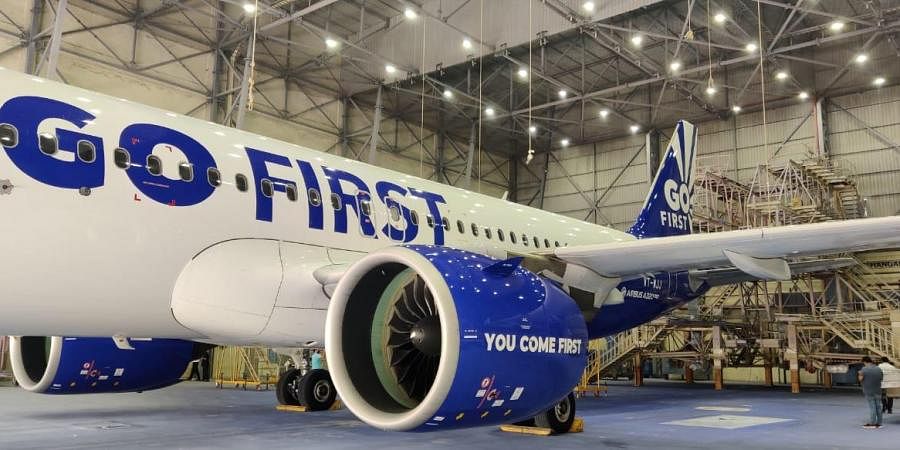


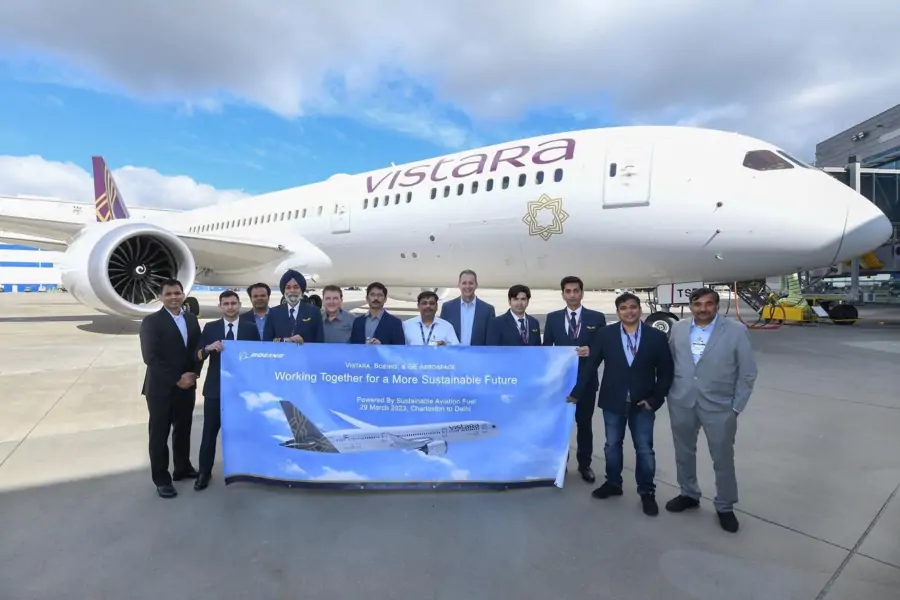
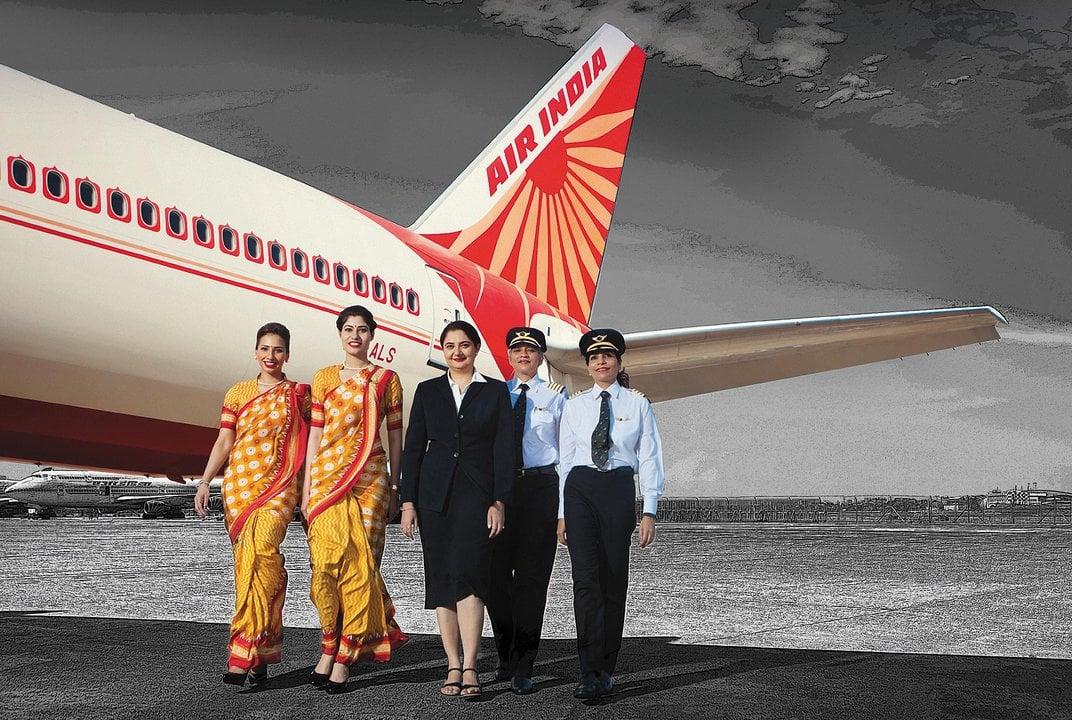
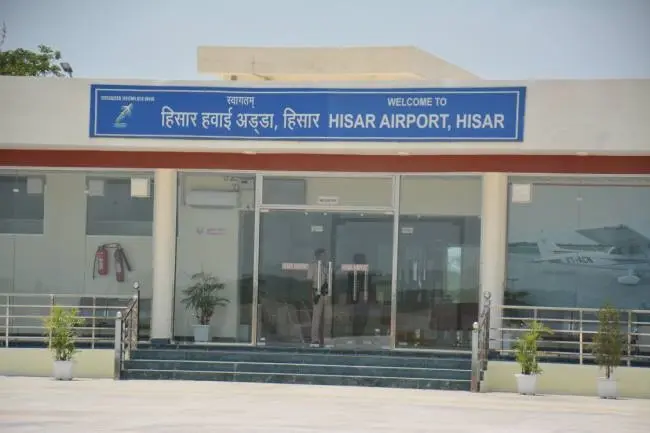

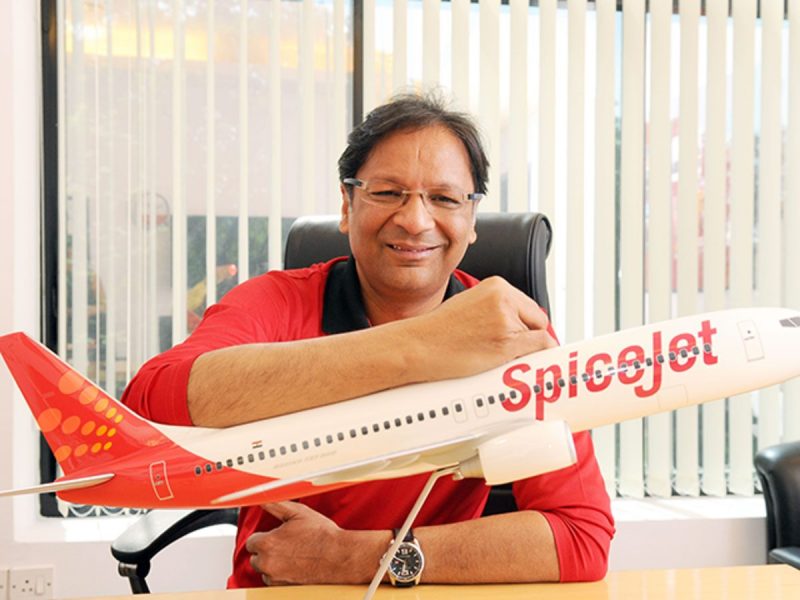
Comment